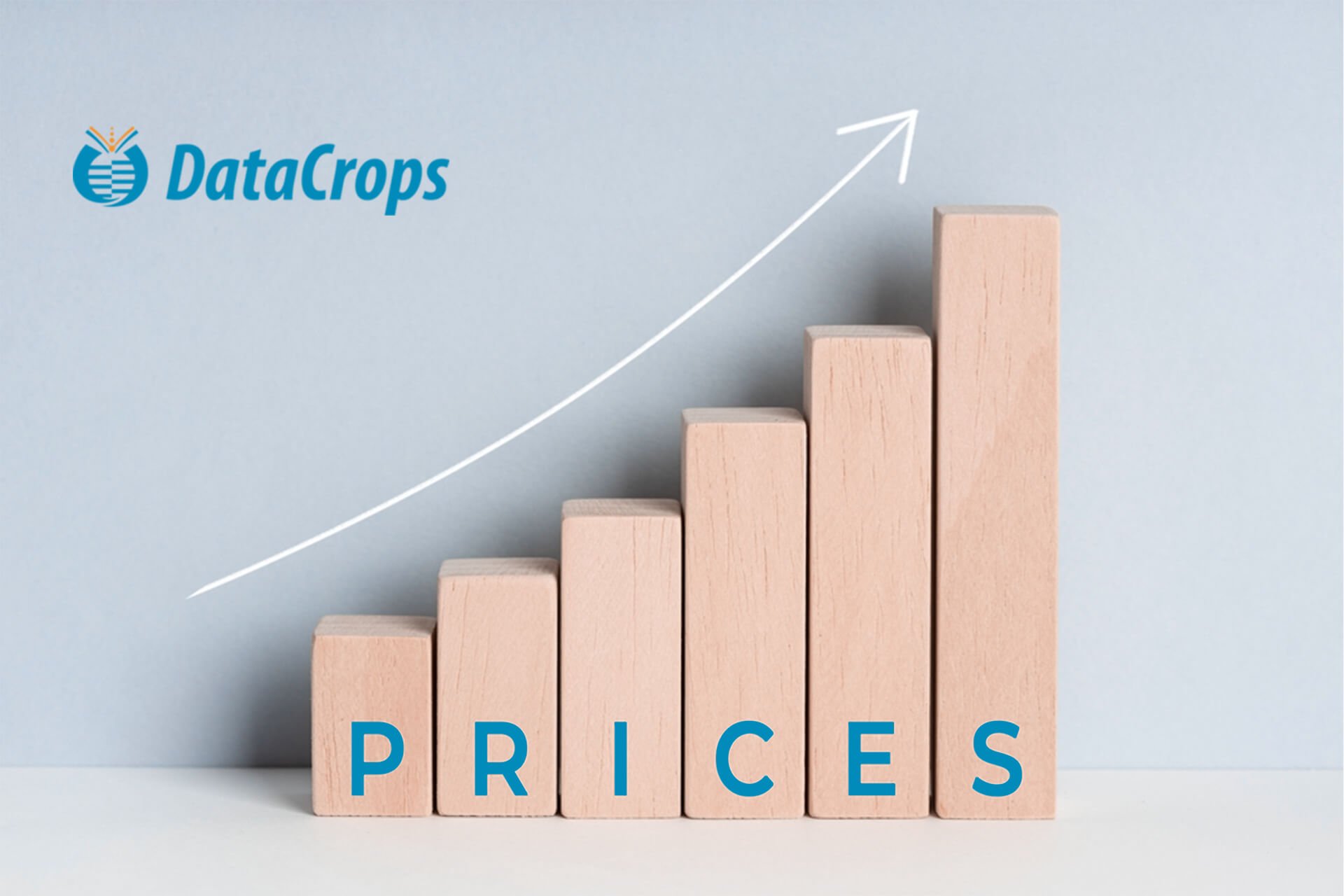
In the competitive world of eCommerce, price tracking can provide you with more than just a collection of selling prices and their evolution over time. Monitoring the prices of your brands’ products can assist you in maintaining strong relationships with key retail partners. How? Continue reading to learn more!
Price Monitoring For Marketplace is an important part of marketplace optimization because it allows you to ensure that the prices you’re charging for your products are fair and maximizes profits. It is an excellent example of how technology has changed our expectations and the retail industry as a whole.
Now, if you’re anything like me, when you shop at any kind of store, you want to know that you’re getting the best possible price on whatever it is you’re buying. And while this can be a source of great satisfaction, it also affects your experience as a consumer and your relationship with the retailer who’s selling your product or service.
1) Boost customer satisfaction
Price monitoring for marketplace retailers is a new trend, but it’s a natural fit. Price monitoring can help improve customer satisfaction by increasing profitability, boosting margins and reducing missed sales.
All of these contribute to increased customer satisfaction, and the best part is that it’s free! By partnering with experts on price monitoring, retailers are able to reap the benefits without any initial investment or hassle. It provides the data necessary for price tracking – all you have to do is use it.

2) Increase repeat visits from existing customers
Price monitoring not only helps retailers to make better-informed buying decisions but also helps them to increase repeat visits from existing customers by giving shoppers the confidence that they are getting the best price possible.
Shoppers who see that their favorite retailer has the best price for an item will be more likely to buy that item from that retailer and may even become loyal customers because of the peace of mind they receive.
It also helps shoppers find great deals on items they didn’t even know about. Many people don’t have time or aren’t aware of all the sales happening in stores near them, but by searching online for those items with price tracking software, shoppers can quickly find any deals happening nearby and then go purchase those items at a lower cost.
3) Deter competitive activity
Price monitoring for marketplace retailers is a helpful tool that can improve margins by helping to negotiate better deals with manufacturers. Price monitoring also allows retailers to know when products are trending and if they want to buy more products from the manufacturer or raise prices.
This prevents losing a sale because the retailer does not have enough inventory available. If a customer is price shopping, this data can be used to show that their local store offers the lowest price for that particular product.
4) Improve margins by negotiating better deals with manufacturers
Price monitoring can be used to negotiate better deals with manufacturers. When the retailer knows that the manufacturer is selling a product at a lower price elsewhere, they can negotiate for a better deal.
Manufacturers are more likely to give retailers discounts when they see that the retail store is willing to use price monitoring tactics. That said, there are also times when it’s best not to use price monitoring because there may be an opportunity in the future for higher margins.
5) Strengthen your relationship with manufacturers
Many retailers have been able to strengthen their relationship with manufacturers by incorporating price monitoring into their day-to-day operations.
Retailers who use these systems are able to better serve customers and create incentives for both them and the manufacturer. One way is by sending alerts when an item’s price changes so that they can quickly respond and offer the best pricing possible to the customer.
The retailer also has a chance to thank the manufacturer for updating the price. Another benefit of this system is that it can help find out if there are any errors in the prices being charged by either party. Retailers may also be alerted when a competitor drops its prices on specific items, giving them time to react and save on potential lost sales.

